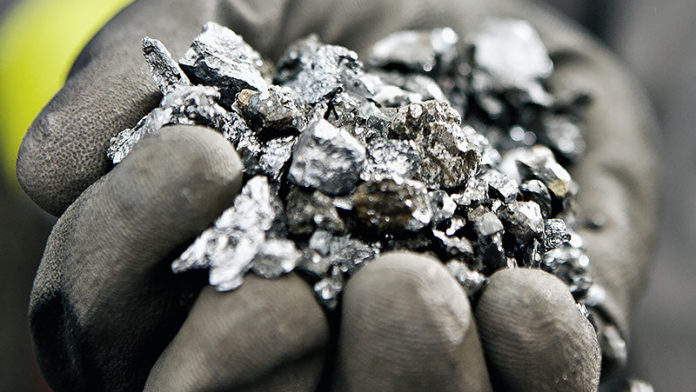
SOUTH Africa’s junior mining sector is being held back by multiple obstacles including well documented problems with Government policy and implementation.
But the country’s emerging miners also faced a financial services and investment culture that is not conducive their success. It’s a case of regulation among the financial service providers,” said Errol Smart who heads up the Minerals Council’s emerging mining desk. “Juniors are viewed as too risky for South African institutions so they get little support.”
There are also fundamental reasons small mining gets better support in places like Toronto which has a vibrant junior mining sector, or Sydney. “The ASX is open to sophisticated investors from a knowledgeable and well educated retail base,” says Smart. More than four decades of regulation enabling Australians to manage their own pensions has provided an active market of individuals willing to take a punt.
Paul Miller, a business development specialist at consultants AmaranthCX said that small mining companies that perform well on the JSE are penalised for their success as institutions are not allowed to own more than 0.5% of small caps. It means a lot of promising business don’t even attempt to access the public markets, and that can lead to unintended consequences.
A decade ago, the majority of South Africa’s coal production was owned by a handful of companies. Today, there are roughly 69 new, privately-owned colleries. Since they operate beneath the radar this puts greater responsibility on the state in having these operators comply with environmental regulations, which is a risk.
Similarly, manganese production has grown from four main producers to 11 operating roughly 25 mines, most of which are in the Northern Cape. The outcome is chronic oversupply of the metal. The sector is crying out for a listed major that could use public valuation in order to benchmark the rest of the sector, and set about much-needed consolidation.
The main danger, however, is what’s happening to South Africa’s mining sector as an investment centre. Financing junior mining is about primary capital raising, not the secondary market where investors pick up shares and perhaps one day enjoy a so-called ‘ten-bagger’. Without easy access to South Africa’s capital markets, grassroots mining is restricted.
A solid investment base of well capitalised backers is needed because junior mining is a long-term undertaking. Take Southern Palladium for instance, which took the bold step of listing the JSE, via an inward secondary listing, in June. Despite favourable long-term prospects for platinum group metals (PGMs), which few dispute, shares in the company are nonetheless 52% lower since debut simply because the company ran into a sharp pullback in commodity equities globally. Understandably, the backers behind Sedibelo Resources, which operates the Pilansberg Platinum Mine, are holding off on its listing plans given the current PGM market.
Southern Palladium CEO, Johan Odendaal says junior miners in SA have no option but to look outside of the country to raise capital. Poor capital raisings “leave the company with a weak balance sheet to take the project up the value curve,” he says. In its defence, Southern Palladium has a strong board: Terence Goodlace, the former CEO of Impala Platinum is its chairman for instance. Quite often, junior miners lack depth in skills while their assets represent slim pickings given the fact South Africa is a mature mining district.
Other junior miners are still emerging nonetheless.
Copper360, which is planning to mine surface copper in the Northern Cape, is planning to list. The company is backed by Jan Nelson, the former CEO of Pan African Resources. And there’s speculation that Rudolph de Bruin, a co-founder of the mining fund AMED and an member of the Cape Mining Club, is considering multiple listings of his companies on the Cape Town Stock Exchange.
“It’s easy to list but it’s hard to remain listed,” said Smart. That’s one way of looking at the connundrum facing junior miners in South Africa. His Orion Minerals recently raised R250m from the Industrial Development Corporation finalising a funding puzzle underway for the past three years. Orion is actually re-opening previous worked mining properties so it doesn’t strictly qualify as a start-up miner. You can only admire the buccaneering spirit of the companies that start from scratch.










